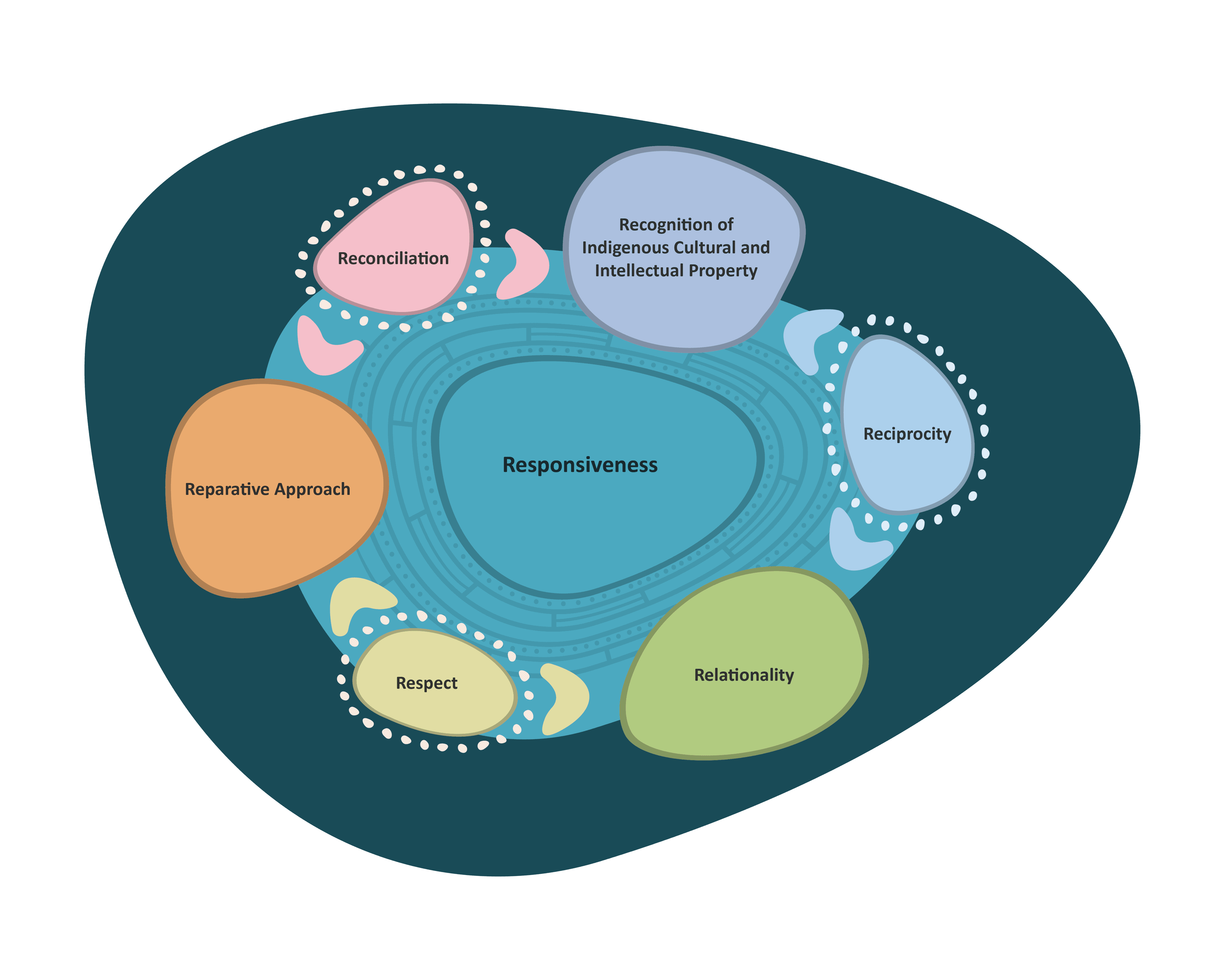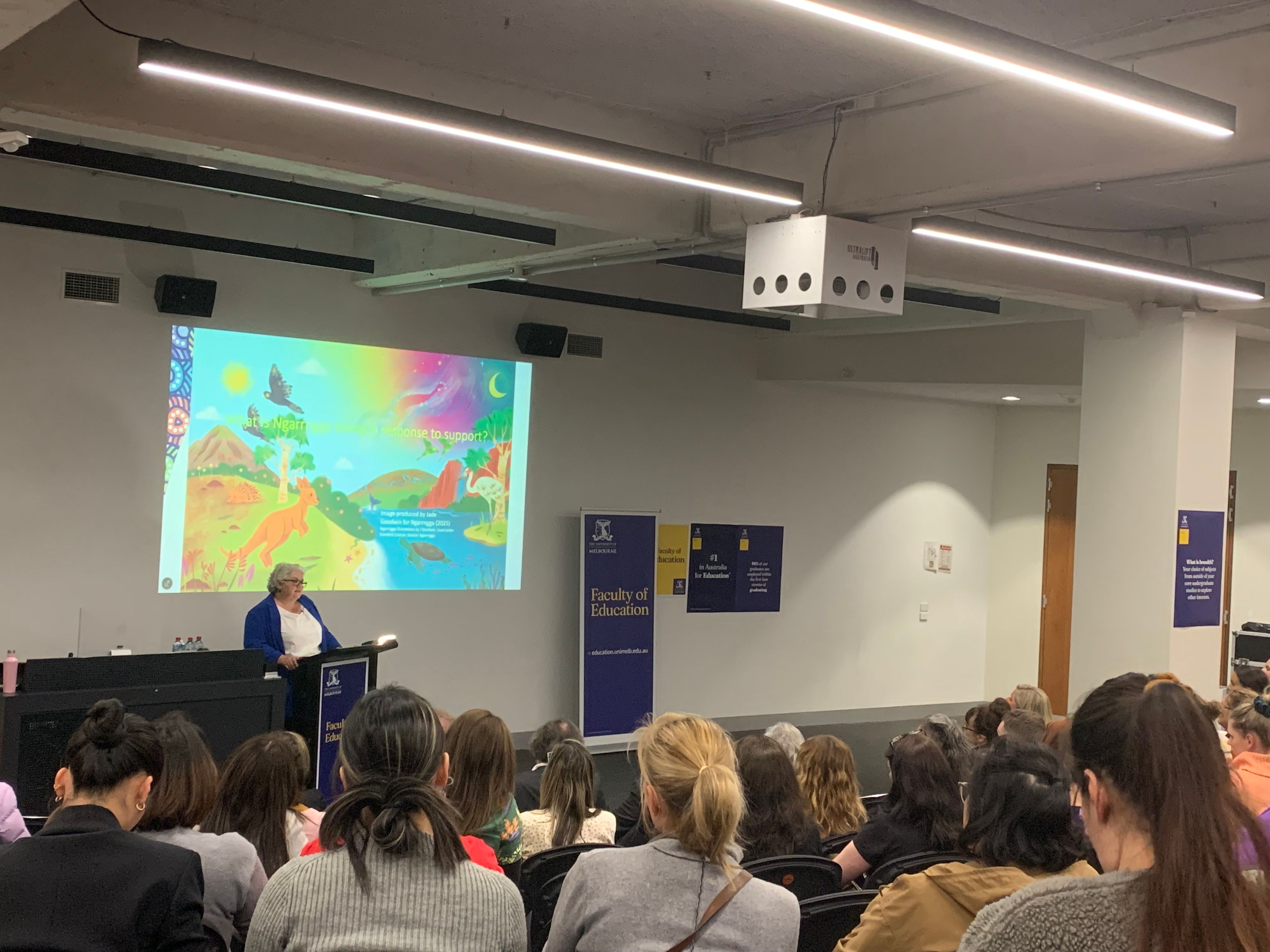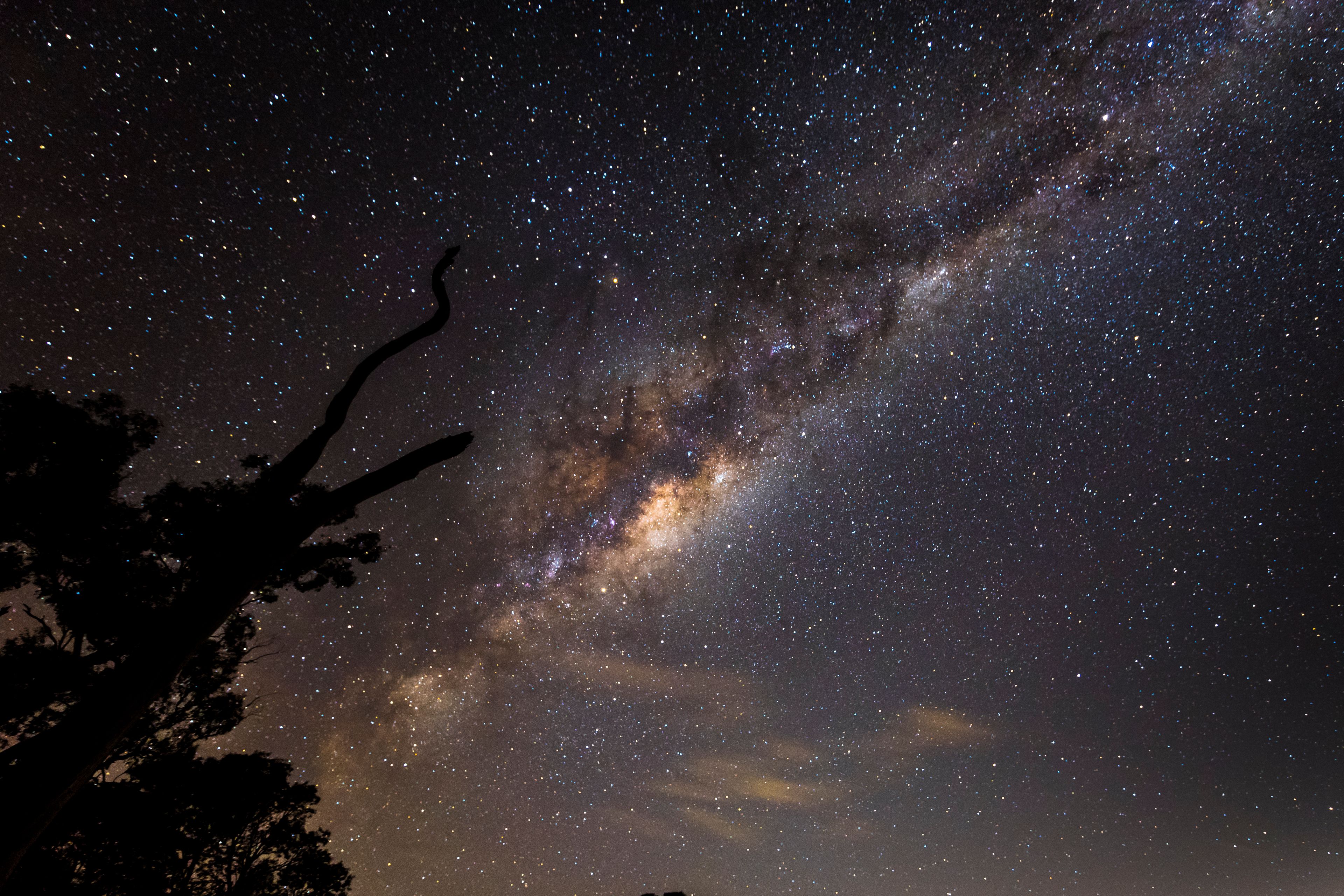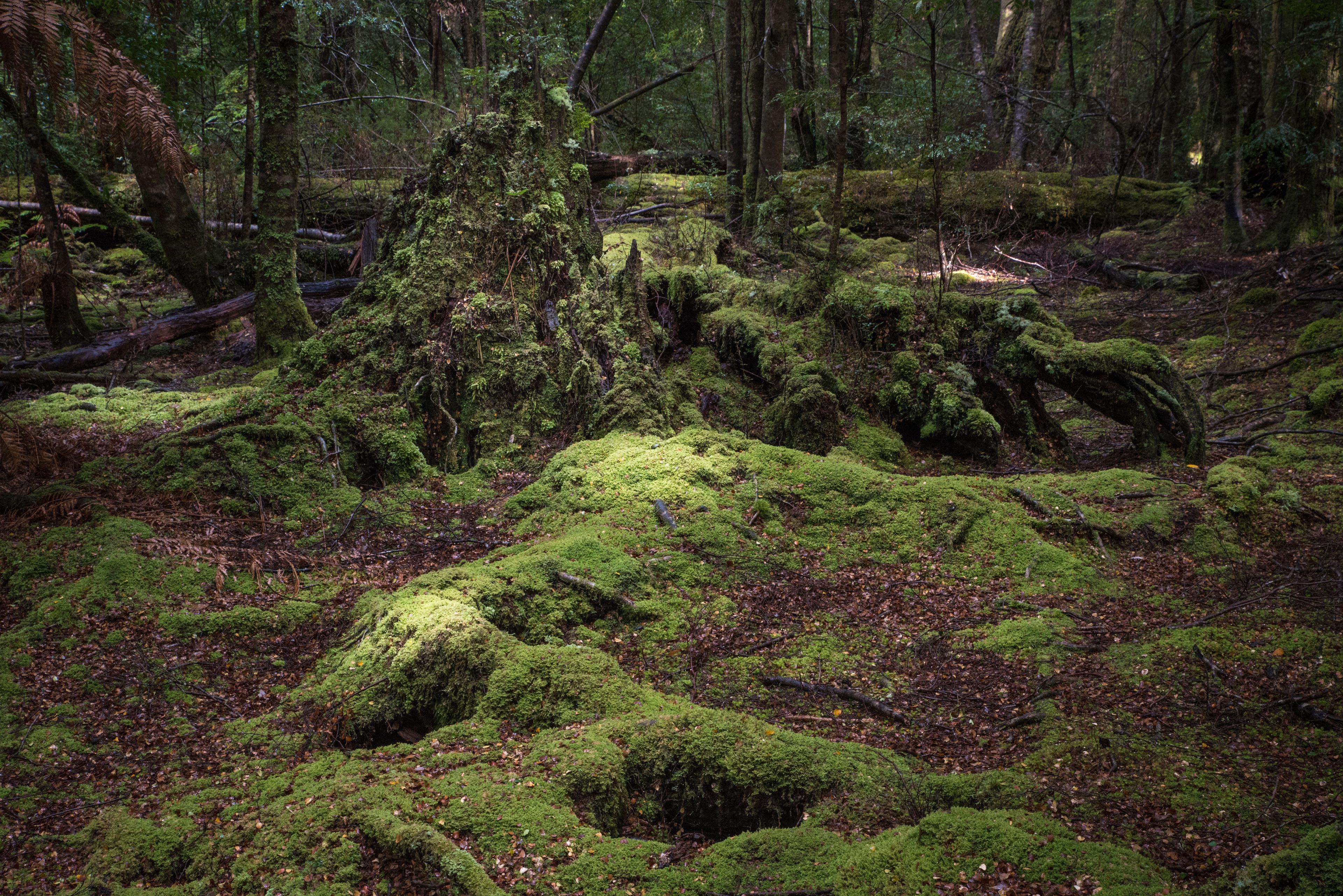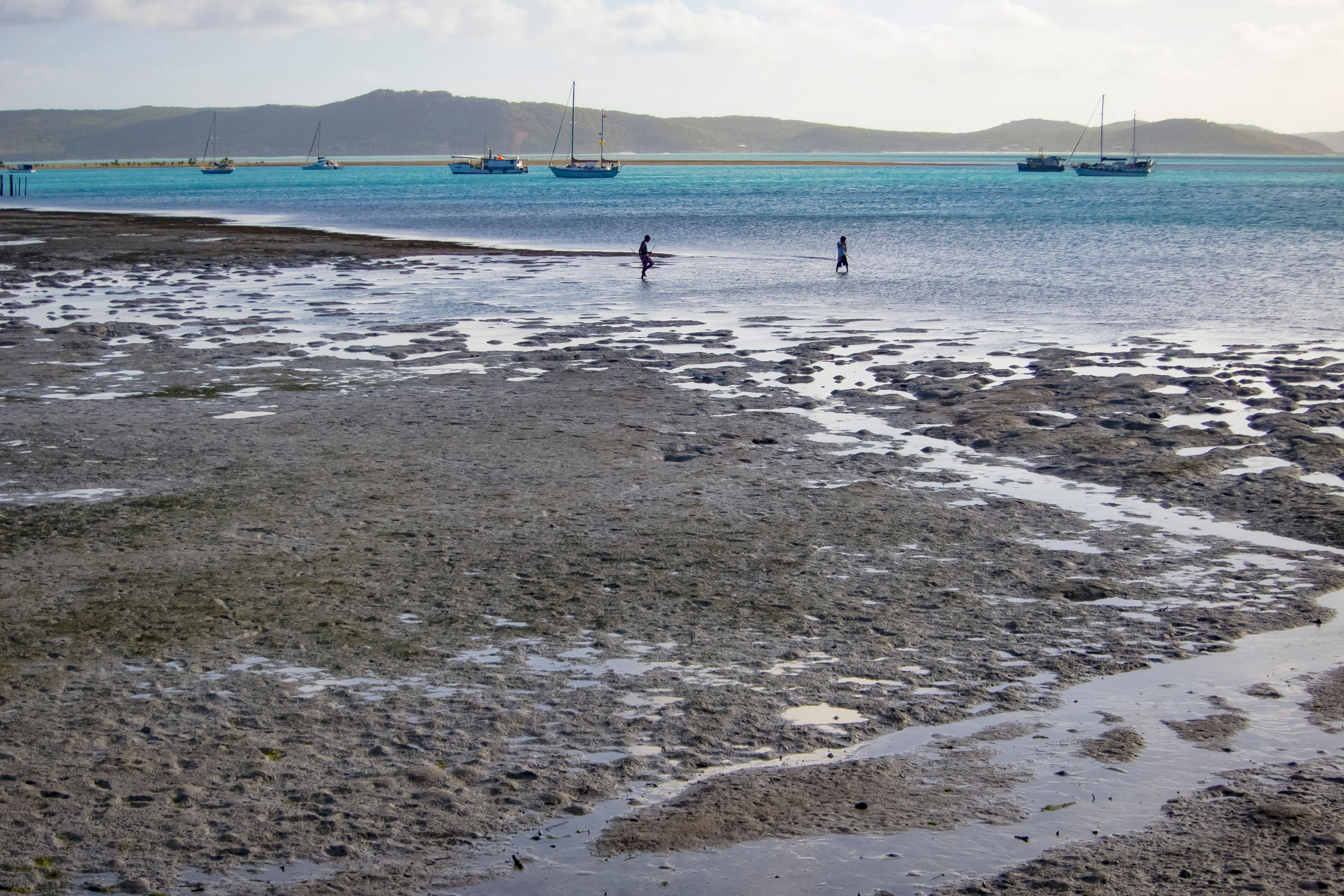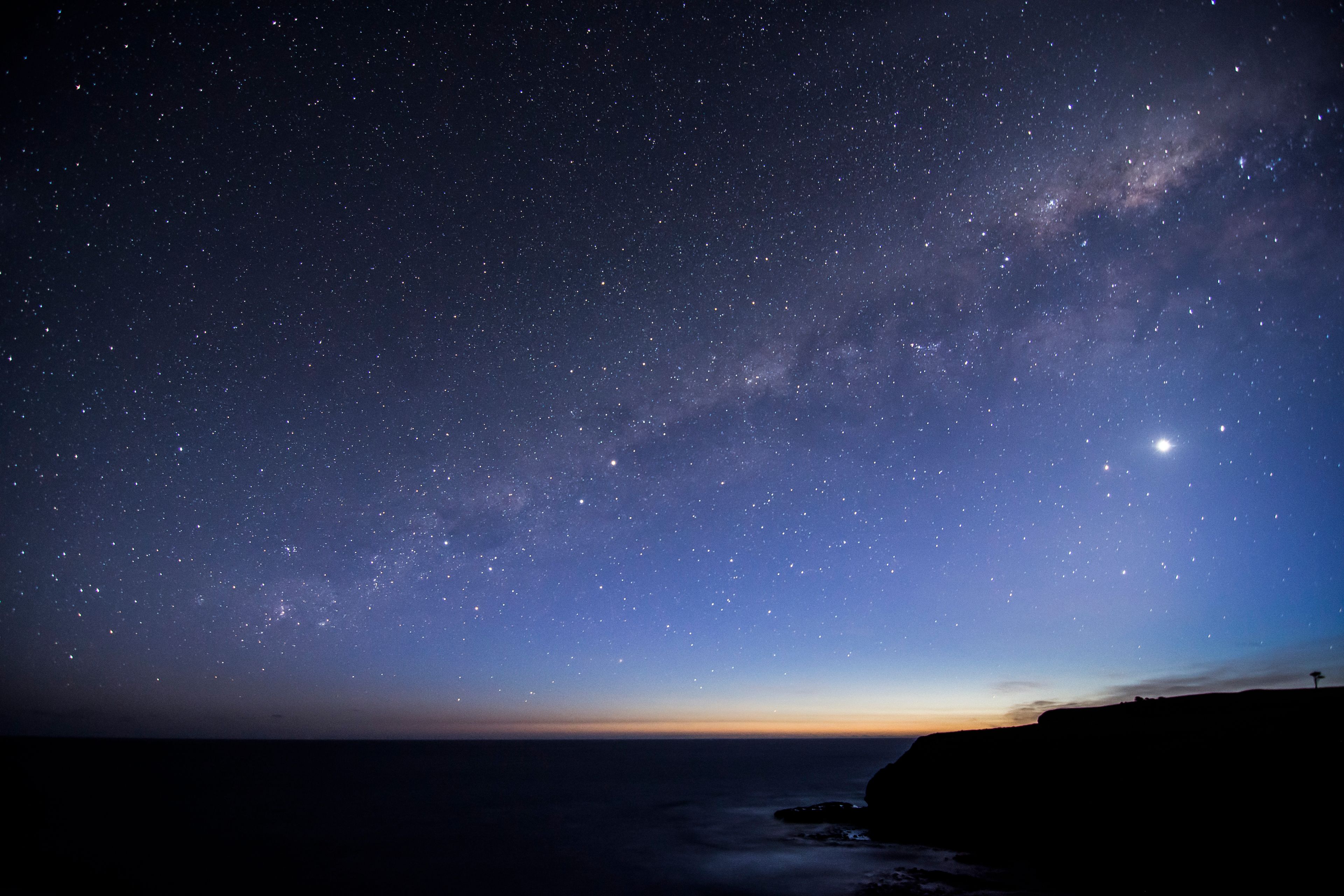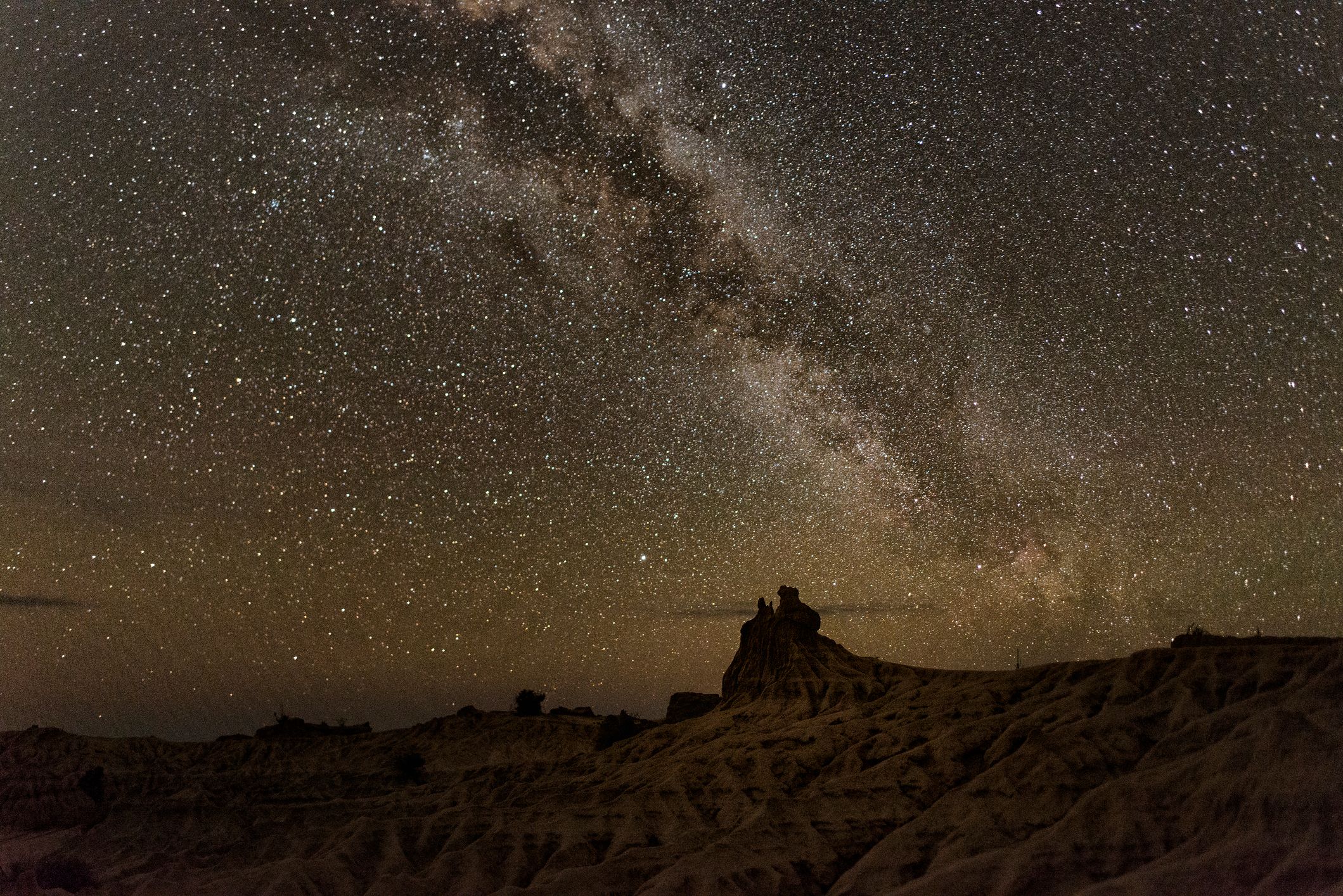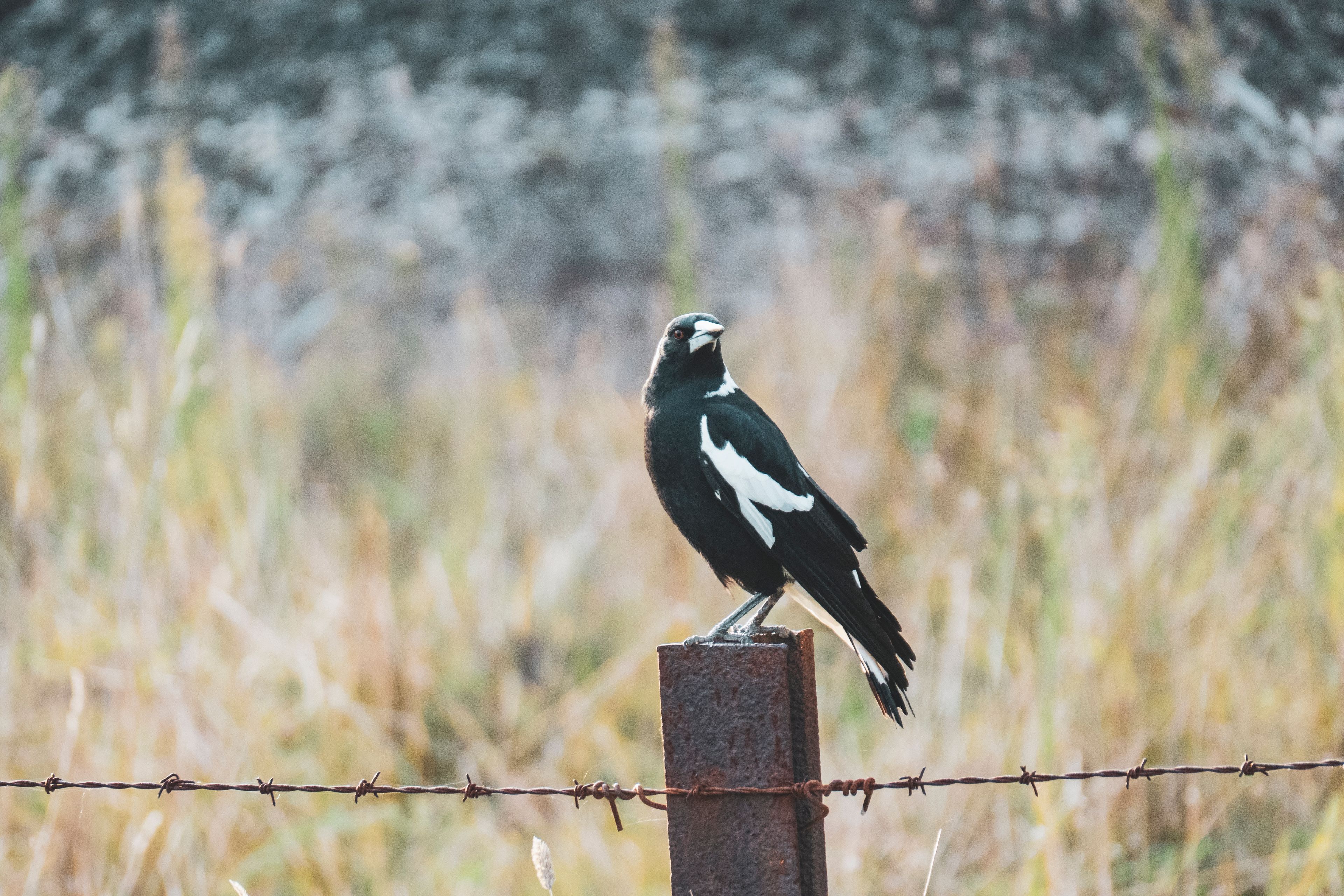Home/Stories and news/Building a Ngarrngga Curriculum
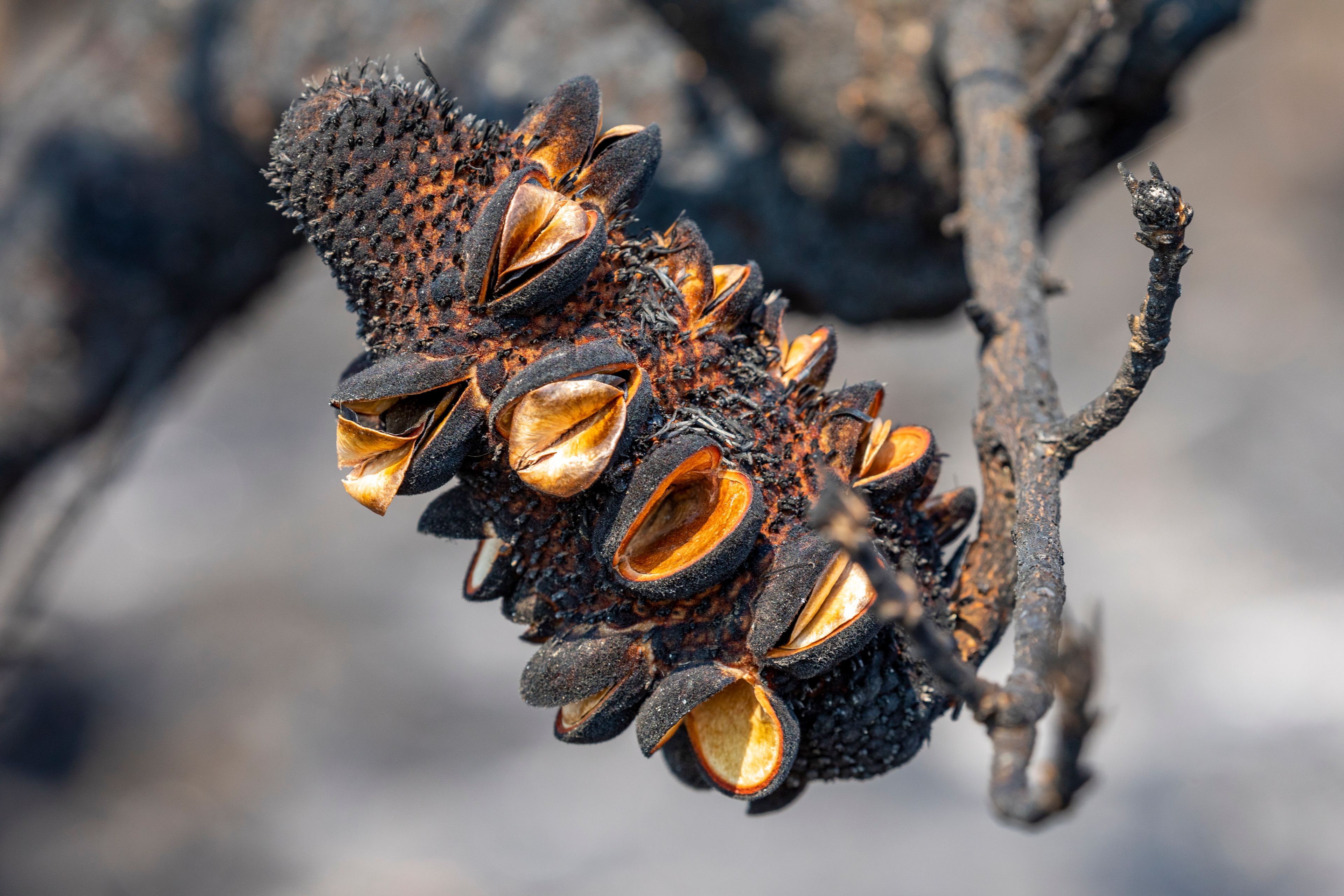
Building a Ngarrngga Curriculum
Burnt Banksia Plant. Blue Mountains, Dharug country. Photographer: Andrew Merry. Source: Getty Images. Used under licence.
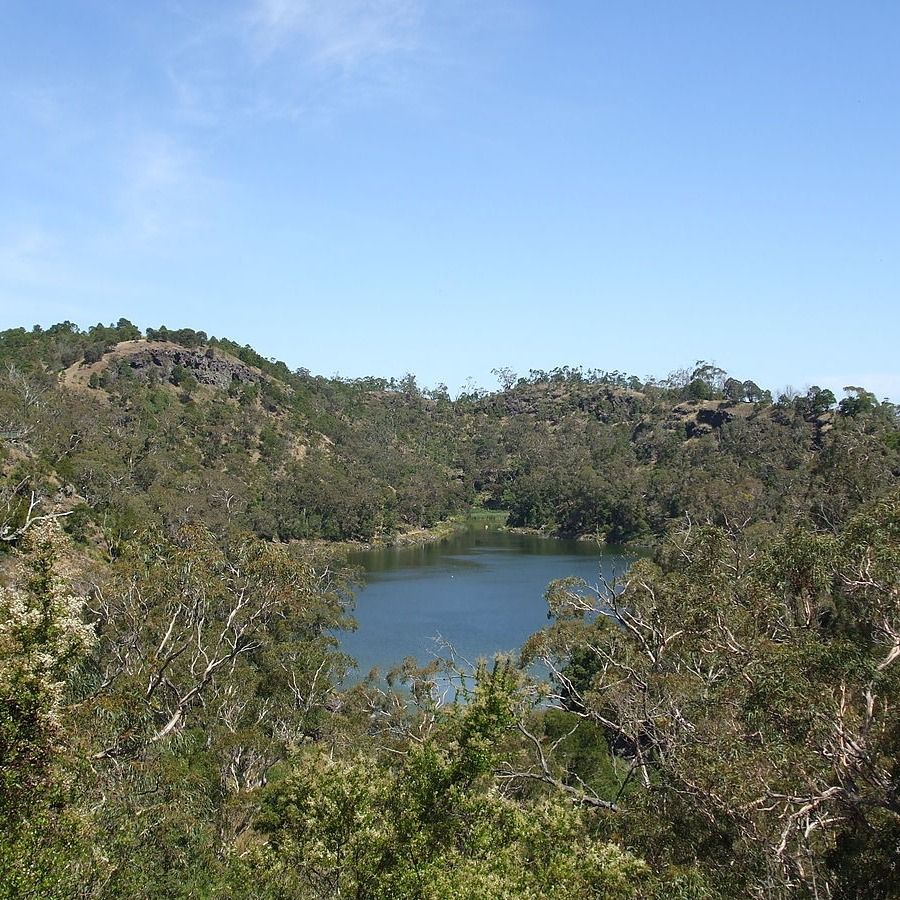
Curriculum Writers
Curriculum Team
Callie Martin, Glen Hayres, and Steven Kolber.
Ngarrngga, a Signature Project at the University of Melbourne and proudly supported by BHP, is taking a multifaceted approach to support educators to showcase Indigenous Knowledge in their teaching and learning. One such activity is the development of curriculum resources produced by educators for educators. Informed by research, and through partnerships with schools, the curriculum resources are living documents.
We are responsive to feedback and the resources are revised and shared on our dedicated website for educators to access. In this blog, some of the Curriculum Writers share their approach to developing curriculum.
The state of play
For many Australian educators, including Aboriginal and Torres Strait Islander Peoples knowledge and perspectives is something that seems daunting and overwhelming. But with an explosion in the number of resources available on this topic and different types of schooling responding at different rates, we have found that educators are feeling optimistic.
Educators have indicated that Aboriginal and Torres Strait Islander Peoples' cultural practices like dance, art, and storytelling are things many educators would love to include, but are unsure of where, and under what circumstances this can be acceptable. This level of fear, and being unsure, often leaves many educators frozen and the silencing of Indigenous Knowledge is maintained.
What should teachers do, and not do?
Ngarrngga’s development of curriculum resources starts with three key questions:
Is this connected to the Australian Curriculum?
Does this suit the purpose and learning intentions of the classroom?
Does this include and showcase Aboriginal and Torres Strait Islander Peoples knowledge in a respectful and appropriate way?
The final question- that of showcasing knowledge respectfully- is the one that has the most resonance with our educators who have undertaken Ngarrngga professional development.
Associate Professor Joe Sambono, Ngarrngga Curriculum Lead, asserts that educators are to recognise that it is not their place to teach culture. Such teaching is the responsibility of Indigenous Peoples.
Educators should see their role as shining a spotlight on, or showcasing, Aboriginal and Torres Strait Islander Peoples knowledge.
With this understanding, Ngarrngga’s approach advocates that educators should see their role as shining a spotlight on, or showcasing, Aboriginal and Torres Strait Islander Peoples knowledge and the contributions and achievements of one of the world’s longest-continuous cultures to Australian society.
Ngarrngga’s curriculum model builds on Sambono’s model identifying what teachers can independently showcase in the classroom, and what they can only attempt with community involvement.
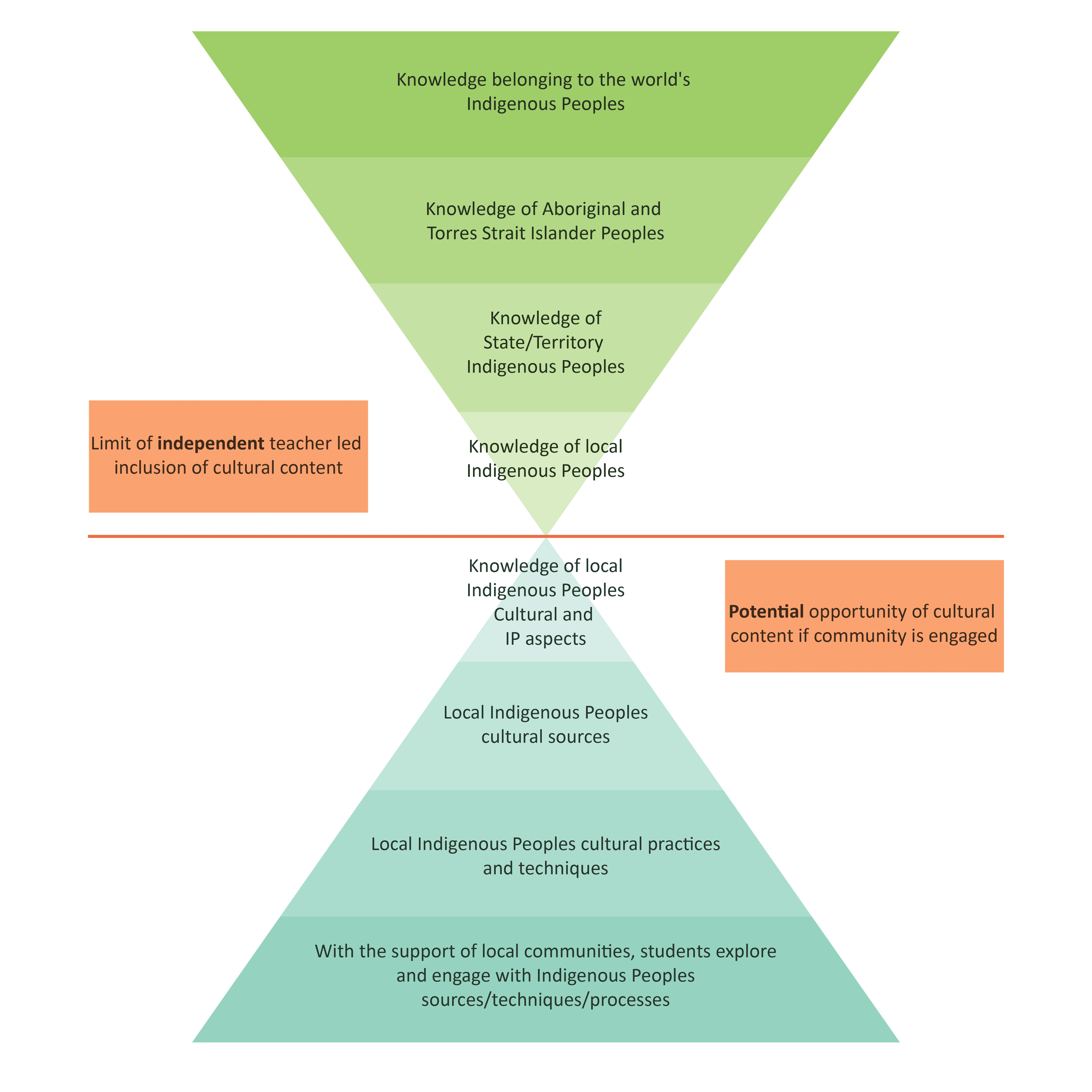
Figure 1: Ngarrngga model
The Ngarrngga model delineates between what is open-sourced, appropriate knowledge, that is safe and desirable, to be shared in the classroom by any teacher in the top part of the triangle (see Figure 1). This includes a general understanding of how knowledge in Indigenous communities is shared, passed from generation to generation, and how it endures.
Closer to the bottom point of the top triangle, we approach knowledge that moves beyond independent teacher showcasing, and into cultural understanding. It is here that educators require community involvement to avoid crossing the line into teaching culture.
Indigenous knowledge is not necessarily inappropriate to be shared in classrooms but without connection and involvement from the respective communities, educators run the risk of attempting to teach culture that does not belong to them.
Our resources, built with the Ngarrngga model as a guiding framework, demonstrate how Aboriginal and Torres Strait Islander Peoples' knowledge can be showcased and explored in classrooms. Where the line between the triangles is approached or crossed, we offer the voices of our experts, our Traditional knowledge holders, and respective communities through multimodal texts to guide how that knowledge might be included or shared in all Australian students' experience of education.
Indigenous Cultural and Intellectual Property is upheld and adhered to as stated in our declaration. In doing so, we are addressing the demands such initiatives have placed on Indigenous communities and Peoples.
What the Ngarrngga curriculum resources are
Indigenous Knowledge is a conceptual tapestry — expansive, abstract, universal, timeless, and interwoven. Ngarrngga’s curriculum resources are meticulously crafted around concepts before being linked meaningfully to curriculum documents. This approach respects and preserves the holistic and interconnected nature of Indigenous Knowledge, while also meeting the needs of teachers seeking curriculum-mapped, classroom-ready resources.
While our work aligns closely with the Australian Curriculum, we transcend the limitations of a mere compilation of isolated content descriptors, colloquially known as the curriculum 'dot-points.' Instead, our curriculum views these descriptors as the starting point for learning, not the endpoint.
We envision opportunities to cluster content descriptors across disciplines, fostering meaningful connections for interdisciplinary learning. This approach encourages a richer understanding of Indigenous Knowledge by emphasising its conceptual depth and interconnectedness.
Indeed, the complex and intertwined nature of the Australian Curriculum makes this type of curriculum planning and mapping especially possible. By taking the stance that all curricula descriptors are possibilities for including Aboriginal and Torres Strait Islander Knowledge, not simply those explicitly tagged as such, we have developed a broad range of curriculum offerings based on the knowledge provided.
The interplay of elements and curriculum - the narrative journey
Our work involves crafting a captivating and intentional learning journey – a narrative if you will – tailored for students and educators. Within this narrative, the synergy between the informing Elements in our Framework and the Australian Curriculum creates a comprehensive, developmental, and interconnected experience for both students and educators.
Through this intentional approach, you won't find resources for every element across every age group - or repetition of the same old tropes. Instead, you'll observe learning that ebbs and flows at different stages throughout this educational expedition.
Each resource is not an isolated experience but intricately linked to the overarching story.
Some learning acts as a precursor to another element, some is revisited with greater depth at key stages, and some is explored again at the same stage through a different element, enhancing understanding of the profound depth, richness, sophistication, achievements, and contributions of Aboriginal and Torres Strait Islander Peoples.
Through this curriculum narrative, our goal is to cultivate a profound curiosity, a sense of awe, and deep respect for the diversity of Aboriginal and Torres Strait Islander histories and cultures in students and educators. By developing engaging and purposeful experiences, we seek to empower all Australian education stakeholders, prompting reflection on their role in shaping an equitable, sustainable, and compassionate world. In doing so, we actively contribute to preserving and respecting the identity of the oldest continuous living culture in the world.
The work of Ngarrngga is broad and complex. This is but one part of the work. We invite you join us in our aspirations.
Subscribe to our newsletter to remain updated.
Download the Ngarrngga Sambono Model here.
